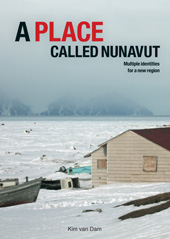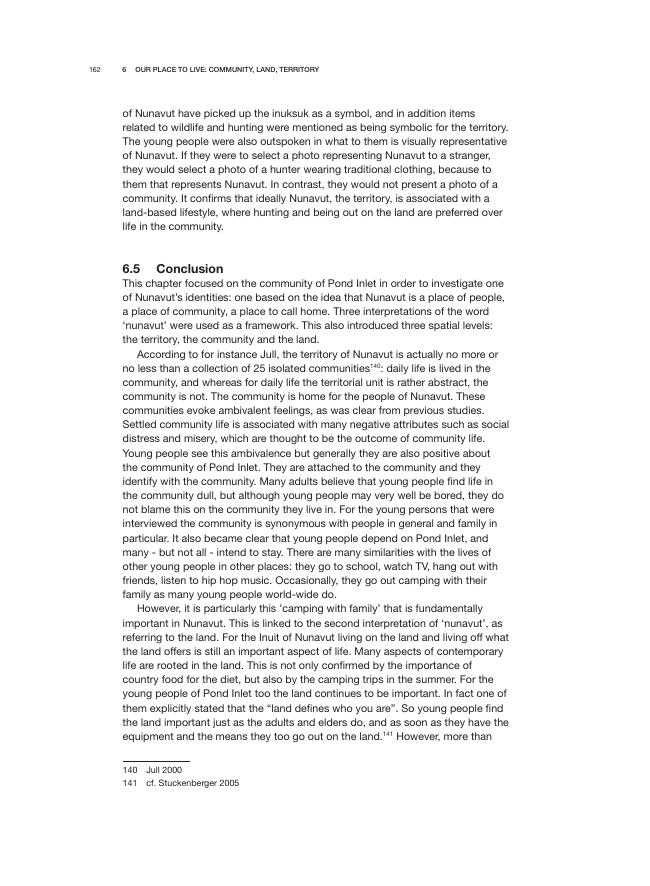A Place called Nunavut : Multiple identities for a new region
336 p.
In 1999, Nunavut Territory was created in the Canadian Arctic. The area is about 50 times as large as the Netherlands, and is inhabited by a population of 30,000. 85% of the population is Inuit, the indigenous people in this area. The central questions in this research project are what place or regional identities are being ascribed to Nunavut by different groups of people from within and from outside the region, and how do these identities work? In the process of the formation of the region, the territorial Government of Nunavut is an important actor in producing a regional identity that is based on the cultural identity of the Inuit: the Inuit Homeland. This 'official' regional identity creates a symbolic unity that is important in linking people to the region, and through which the land, the history and the people are united in a new territorial membership. However, there is no reason to assume that there is only one regional identity for Nunavut. Different individuals or groups of people from within and f
rom outside the region, such as the people who live in one of the 25 communities and those who work for the multinational mining corporations or as tourist operators, are also involved in the production and reproduction of identities for Nunavut. They represent Nunavut for example as a place to live, a resource region, a wilderness or as a sustainable place. Nunavut Government also links these alternative identities to the area, because as a government they are not only interested in protecting Inuit culture but also aim to modernize the economy in order to enhance prosperity and well-being. As such the place identities are hybrid, and identities that before were produced only by external actors are now also being produced by internal actors, and vice versa. [Publisher's text].
Special access authorizations may apply; please contact us for further information.
-
Información
ISBN: 9789491431579
COLECCIÓN
MATERIAS



